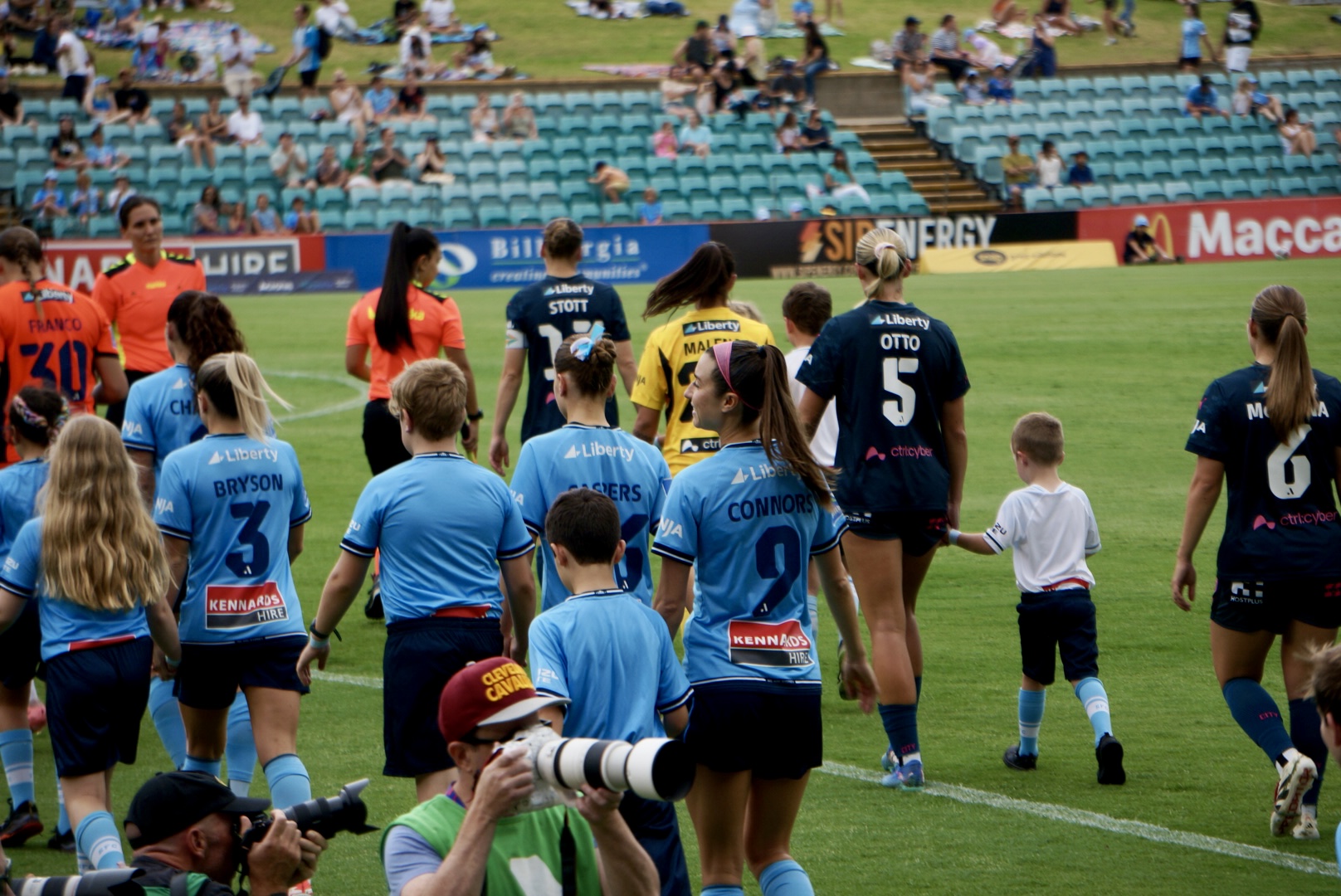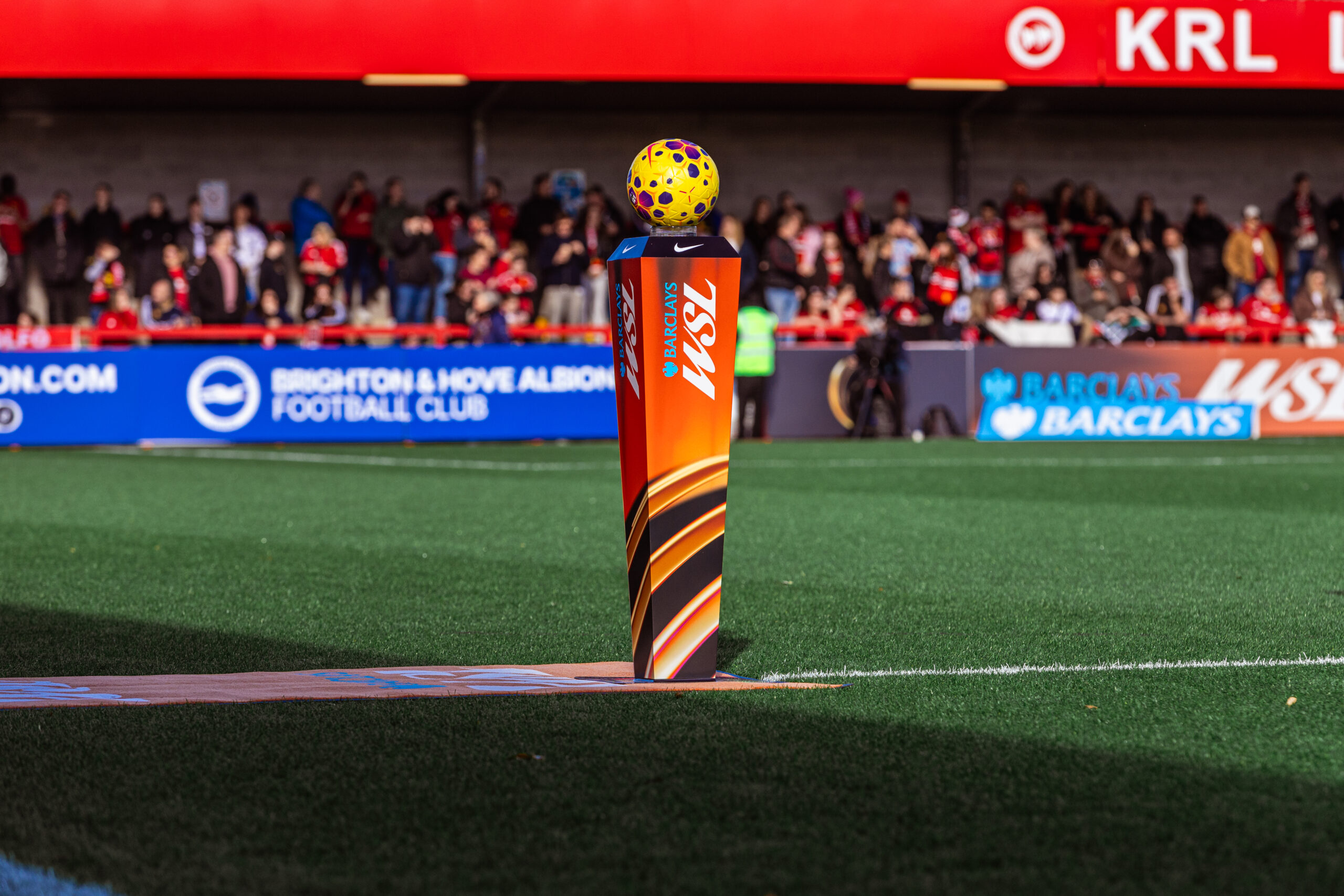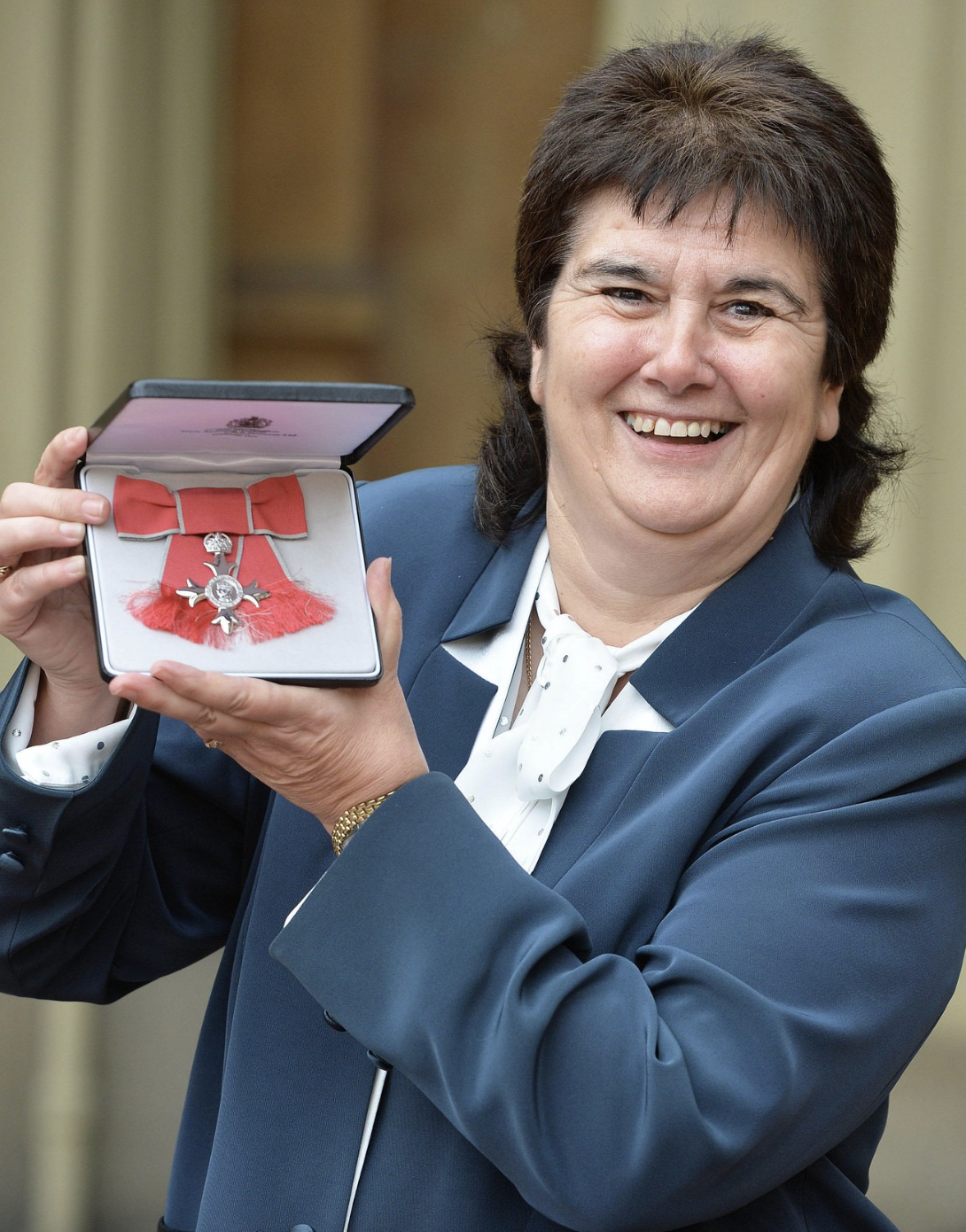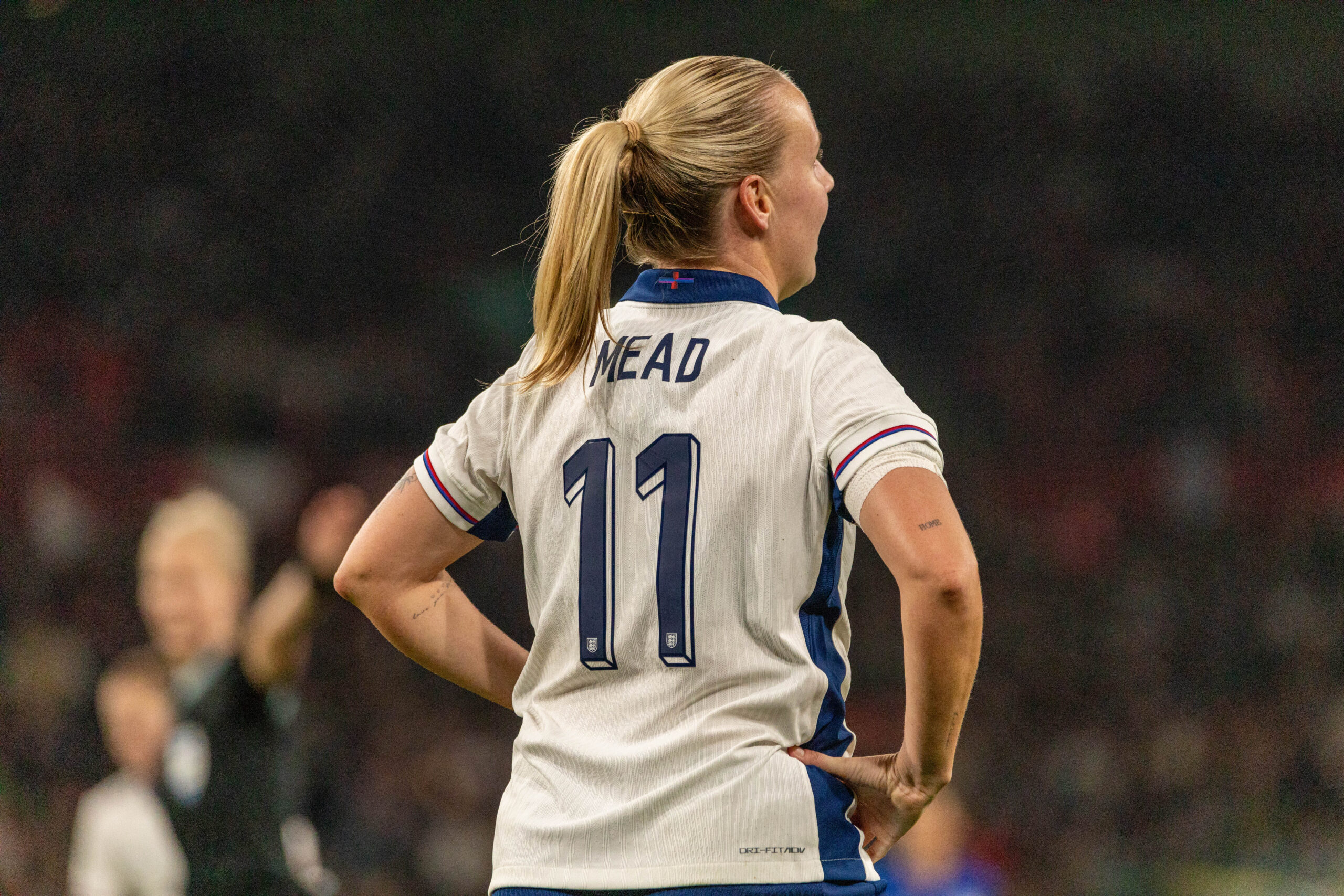The Matildas’ record breaking run at the 2023 FIFA Women’s World Cup captured the nation’s heart and inspired a new generation of football fans. The following season, Football Australia saw a surge in registrations particularly among women and girls, making football the fastest-growing sport in 2024. With prime-time broadcasts and sell-out crowds, the Matildas became one of Australia’s most valuable sporting brands, across both men’s and women’s teams. Yet, sill the domestic A-League Women struggles to fill stadiums or retain its best players.
Semi-Professional Conditions
The A-League Women (ALW) remains largely semi-professional with a season of fewer than 25 games. Short term and modest contracts make it impossible for most players to earn a sustainable living wage. For nearly half the year, they are left without income and structured training pushing many to explore better opportunities elsewhere namely the WSL and NWSL.
Talent Drain Abroad
This funding gap fuels departures of top talent away from the ALW. The Matildas and other Australian stars now play in fully professional leagues such as England’s WSL or the U.S. NWSL, where they enjoy year-round competition, higher wages including benefits like maternity leave and world-class facilities.
This results in the Matildas’ brand becoming increasingly disconnected from the local league and fans follow their heroes overseas.
Investment Matters
Global growth in women’s football is driven by strategic investment.
- NWSL (U.S): Expanded from 8 to sixteen teams followed by an introduction of a play-off format for the top 8 teams. This developed a year-round calendar that helps keep local talent in the league. Since the start of the league in 2012, they managed to keep star players such as Alex Morgan, Megan Rapinoe and most of the United States Women’s National Team (USWNT) within the league to draw large followings to their clubs due to the popularity of the USWNT. Last season, San Diego Wave FC crowd attendance averaged at almost 20,000.
- Serie A Femminile (Italy): Went fully professional in 2022–23, boosting both visibility and attendance. Earlier this year, a record crowd of 39,000 watched Juventus face Fiorentina, a figure aided by free entry for that match but still an effective way to attract new fans. Revenue is not based on purely ticket sales but income could be generated through sales made in the stadium to support the clubs.
- High Profile Investors: Michelle Kang, Alexis Ohanian, and Morgan have elevated clubs’ profiles and drawn new supporters. Their popularity is an effective marketing measure to create a fan base to continue the growth of the clubs.
Limited Broadcast Access
Despite breaking record TV ratings for the Matildas, most ALW matches stream only on Paramount+. The lack of free-to-air coverage makes it harder to capture new audiences and casual fans.
Lost Star Power
Not long ago, the ALW attracted global names like Kim Little and Rapinoe while retaining local stars like Sam Kerr, Hayley Raso, Steph Catley and most of the Matildas. The short Australian season once complemented the NWSL, allowing players to compete in both. But with the WSL and NWSL now fully professional and offering longer fixtures, that window has closed. Most of the Matildas have moved abroad for better opportunities and international stars no longer see Australia as a viable option.
Learning from Others
Part of the WSL’s success lies in its diverse international rosters. Clubs such as Arsenal Women feature players namely from Spain, Sweden, Australia, and the United States, helping attract a global audience. With 13 Matildas currently competing in the league, many Australian fans are tuning in to the WSL rather than domestic competitions.
ALW could learn from other clubs through marketing and providing complimentary access for certain fixtures to encourage fans to the stadiums. Ticket prices averaging around $35 is not attractive for fans especially with the lack of global and renowned players in the squad. A drop in ticket pricing could attract fans into the stadiums and this could help rebuild the league.
The Path Forward
To grow its audience and credibility, the ALW needs to:
- Invest in longer seasons and full-time contracts.
- Retain top local talent and attract marquee internationals.
- Secure free-to-air or more accessible broadcast deals for fans to engage in the sport
- Reduce ticket pricing to attract local supporters to the stadiums
These steps will put a stop to the A-League Women struggles that currently plague the league.



